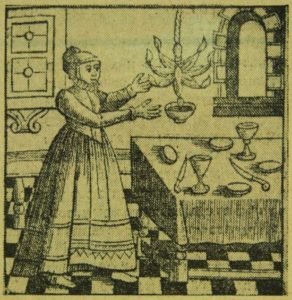This week we read another double portion, Acharei Mot and Kedoshim. The latter, literally meaning “holies”, instructs us on the key mitzvot that make us especially holy. Of course, while all of the Torah’s mitzvot serve to make us holier, the ones in Kedoshim particularly have special merits. The list starts with revering one’s parents and observing the Sabbath (Leviticus 19:3). It peaks with the famous mitzvot of judging others favourably (v. 15), not gossiping (v. 16) nor bearing a grudge (v. 18), and loving your fellow as yourself. Other big mitzvot include not wearing shaatnez (v. 19, a mixture of wool and linen), and not getting tattooed (v. 28). Finally, there is a list of prohibited sexual relationships, before God says: Continue reading
Tag Archives: Sa’adia Gaon
Origins and Mysteries of Shabbat Candles
This week’s parasha, Tetzave, begins with the command to take “pure olive oil, crushed for lighting, to kindle the lamps continually.” (Exodus 27:20) This refers to lighting the “eternal flame”, ner tamid, of the Temple Menorah. Since the destruction of the Temple, we are no longer able to fulfil this mitzvah exactly. However, the Sages say we can still fulfil this mitzvah through the lighting of Shabbat candles. The Ba’al HaTurim (Rabbi Yakov ben Asher, 1269-1343) presents some mathematical proof for this as well: the gematria of ner tamid (נר תמיד) is 704, equal to “on the Sabbath” (בשבת), while the gematria of tetzave (תצוה) is 501, equal to “[God] commanded the women” (נשים צוה). In other words, God commanded women to light Shabbat candles as a way to keep the Temple’s eternal flame going.
This beautiful teaching actually helps us pinpoint the origins of lighting Shabbat candles, since the mitzvah is not explicitly mentioned anywhere in the Torah. Where exactly did it come from, why was it instituted, and why is it women specifically that are instructed to light these candles? Continue reading

